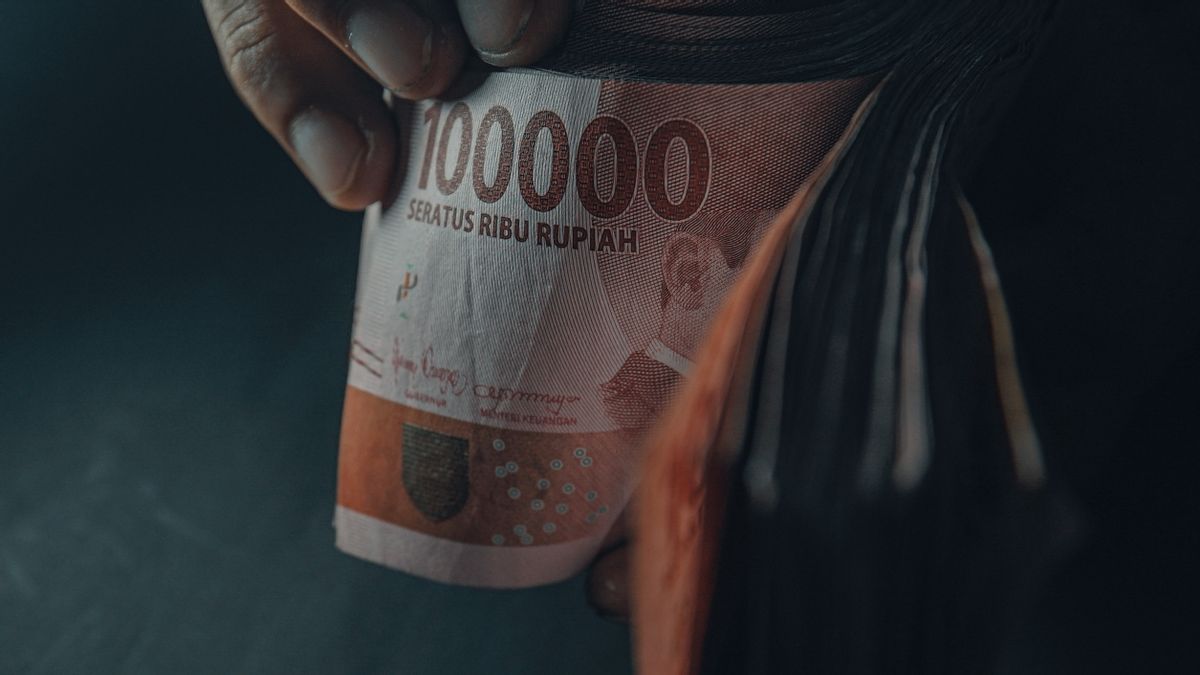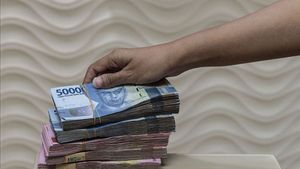JAKARTA - Bank Indonesia (BI) announced that Indonesia's foreign debt (ULN) position at the end of January 2021 was recorded at USD 420.7 billion or approximately IDR 6.063.9 (exchange rate of IDR 14.414).
Of this amount, the public debt consisting of the government and the central bank amounted to USD 213.6 billion. Meanwhile, the private sector (including SOEs) amounted to USD 207.1 billion.
Head of the BI Communication Department Erwin Haryono said, with this development, Foreign Debt at the end of January 2021 grew by 2.6 percent year-on-year (yoy).
"This annual growth rate is lower than the previous month's growth of 3.4 percent yoy", he said in a statement Monday, March 15.
Erwin added that the slowdown in external debt growth occurred in government external debt and private external debt.
In detail, the government's external debt position in January 2021 reached 210.8 billion US dollars, or grew 2.8 percent, lower than the growth in December 2020 of 3.3 percent.
"The slowdown in growth is due to the maturing bilateral and multilateral loan repayments", he said.
Meanwhile, the position of government debt securities continued to increase in line with the issuance of Government Securities (SUN) denominated in US dollars and euros at the beginning of the year amidst the high liquidity momentum on the global market and positive sentiment for the implementation of the COVID-19 vaccination globally.
"The development of external debt was also driven by increased inflows of foreign capital in the domestic Government Securities (SBN) market, supported by maintained foreign investor confidence in the prospects for the domestic economy", he said.
Erwin claims, Government external debt is managed in a measured and careful manner to support government priority spending, including, among others, the government administration, defense, and compulsory social security sectors (17.6 percent of total government external debt).
Then, the health services and social activities sector (17.1 percent), the education service sector (16.2 percent), the construction sector (15.2 percent), and the financial and insurance services sector (13.0 percent).
Meanwhile, private external debt grew at a slower pace compared to the previous month. The growth in private external debt at the end of January 2021 was recorded at 2.3 percent yoy, lower than the growth in the previous month of 3.8 percent (yoy).
This development was driven by a slowdown in the external debt growth of non-financial institution companies (PBLK) as well as a deeper contraction in the external debt growth of financial institutions (LK).
SEE ALSO:
By sector, the largest external debt with a share of 77.0 percent of total private external debt came from the financial services and insurance sector, the electricity, gas, steam/hot and cold air (LGA) procurement sector, the mining and quarrying sector, and the manufacturing sector.
However, the monetary authority assesses that the structure of Indonesia's external debt remains healthy, supported by the application of prudential principles in its management.
This assumption is evidenced by the sound structure of external debt, reflected in the ratio of Indonesia's external debt to Gross Domestic Product (GDP) at the end of January 2021, which was maintained at around 39.5 percent, relatively stable compared to the ratio in the previous month of 39.4 percent.
"The healthy structure of Indonesia's external debt is also reflected in the large share of long-term external debt, which reaches 89.4 percent of total external debt", he said.
For information, VOI had reported that Indonesia's external debt at the end of 2020 amounted to USD 417.5 billion or approximately IDR 5.985.9 trillion (exchange rate of IDR 14.337). This means that there was an increase of around USD 3.2 billion in a period of one month if you look at developments in January 2021.
"Bank Indonesia and the government continue to strengthen coordination in monitoring the development of external debt, supported by the application of the precautionary principle in its management. The role of external debt will also continue to be optimized in supporting development financing and encouraging national economic recovery, by minimizing risks that can affect economic stability", concluded Erwin.
The English, Chinese, Japanese, Arabic, and French versions are automatically generated by the AI. So there may still be inaccuracies in translating, please always see Indonesian as our main language. (system supported by DigitalSiber.id)
















